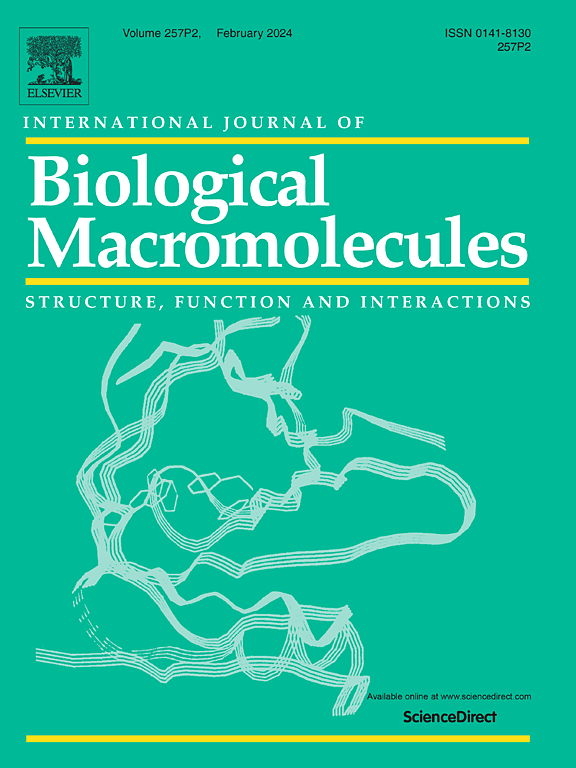Facile synthesis of alginate hydrogel beads activated by La3+/ graphene oxide for enhanced phosphate removal from aqueous environment
IF 7.7
1区 化学
Q1 BIOCHEMISTRY & MOLECULAR BIOLOGY
International Journal of Biological Macromolecules
Pub Date : 2025-04-01
DOI:10.1016/j.ijbiomac.2025.142745
引用次数: 0
Abstract
La-based nanoparticles encapsulated within a host matrix exhibit enhanced phosphate removal efficiency and improved stability compared to their bulk counterparts. The optimization of La-based adsorbents, balancing adsorption capacity and separation efficiency, is of great significance. In this study, we developed a three-dimensional layered skeleton network of La-modified graphene oxide/sodium alginate beads (La-GO/SA) by uniformly embedding La(OH)₃. Original GO maintained a high specific surface area (2630 m2/g), which boosted the surface area, electrical crosslinking, and affinity towards oxygen–donor compounds of La-GO/SA. The crosslinked hydrogel exhibited enhanced mesoporous and microporous structures, as confirmed by scanning electron microscopy (SEM) and surface structural analyses. Batch experiments demonstrated that La-GO/SA achieved stable phosphate removal (>80 %) across a broad pH range of 3.0–10.0, with a maximum phosphate uptake of 34.8 mg/g at pH 4.0. Notably, La-GO/SA maintained high selectivity for phosphate even in the presence of competing anions such as Cl−, HCO3−, SO42−, and NO3−. The experimental data were well-fitted to Freundlich and pseudo-second-order models, indicating a multilayer chemisorption mechanism. Additionally, multi-instrument characterization analysis elucidated the phosphate removal mechanisms, including electrostatic interactions, surface precipitation, ligand exchange, and Lewis acid-base interactions. The La-GO/SA hydrogel provided attachment sites for LaPO4 precipitates, which contributed to a decrease in pore volume after adsorption. Our research on the synthesis, properties, and adsorption mechanisms of La-GO/SA hydrogel laid a scientific foundation for practical phosphate immobilization and recycling applications.
求助全文
约1分钟内获得全文
求助全文
来源期刊
CiteScore
13.70
自引率
9.80%
发文量
2728
审稿时长
64 days
期刊介绍:
The International Journal of Biological Macromolecules is a well-established international journal dedicated to research on the chemical and biological aspects of natural macromolecules. Focusing on proteins, macromolecular carbohydrates, glycoproteins, proteoglycans, lignins, biological poly-acids, and nucleic acids, the journal presents the latest findings in molecular structure, properties, biological activities, interactions, modifications, and functional properties. Papers must offer new and novel insights, encompassing related model systems, structural conformational studies, theoretical developments, and analytical techniques. Each paper is required to primarily focus on at least one named biological macromolecule, reflected in the title, abstract, and text.

 求助内容:
求助内容: 应助结果提醒方式:
应助结果提醒方式:


